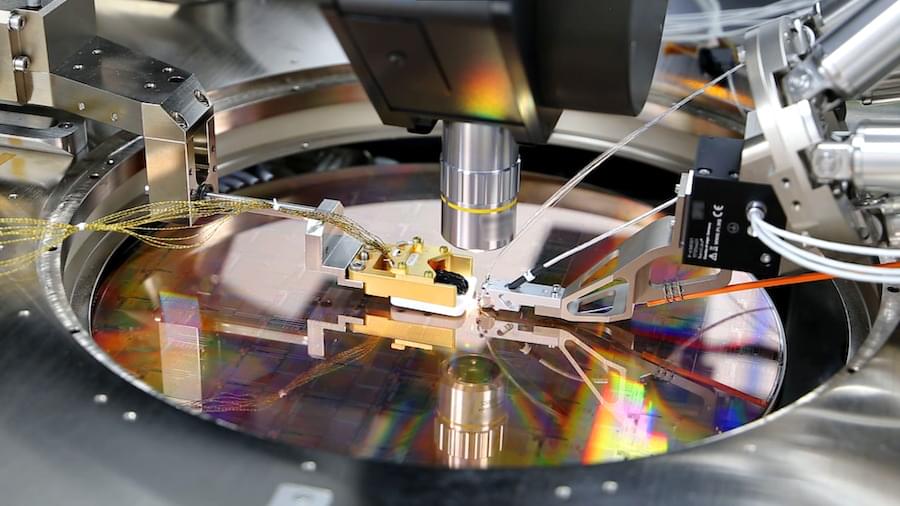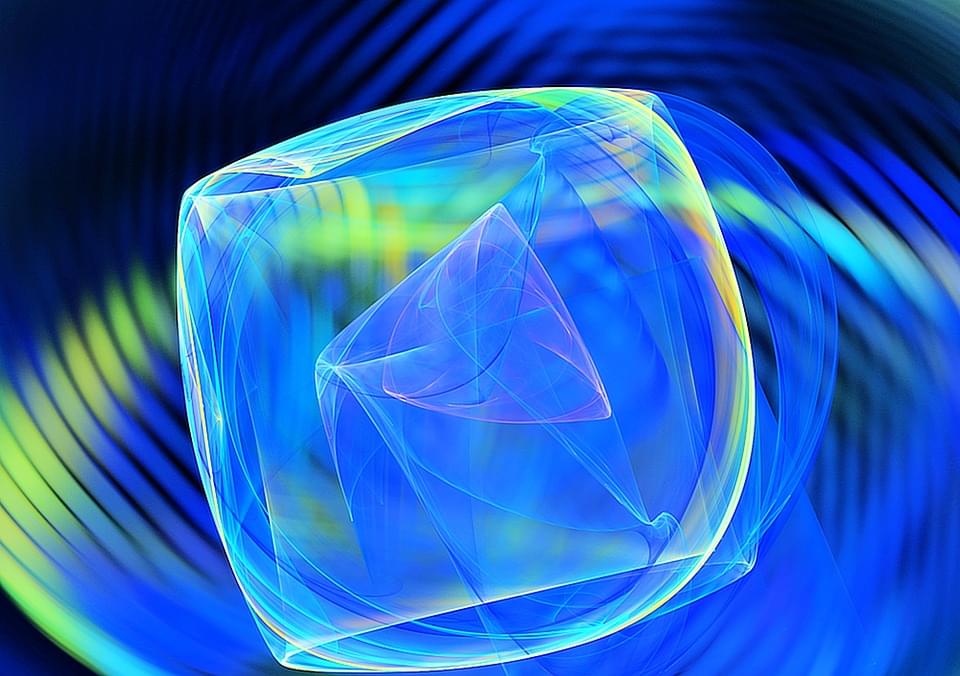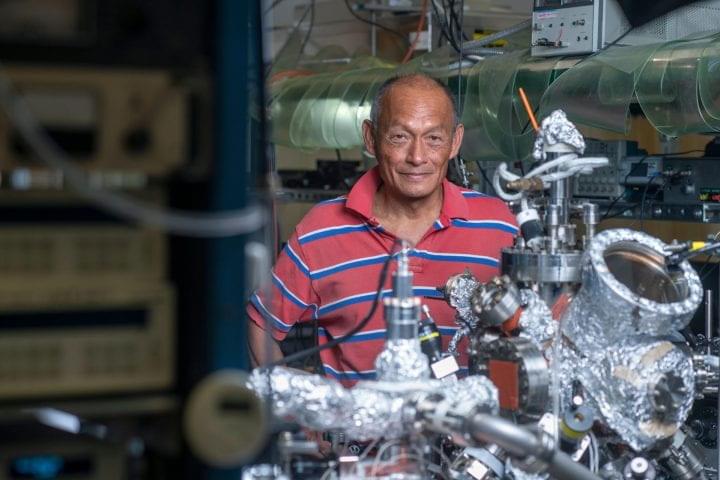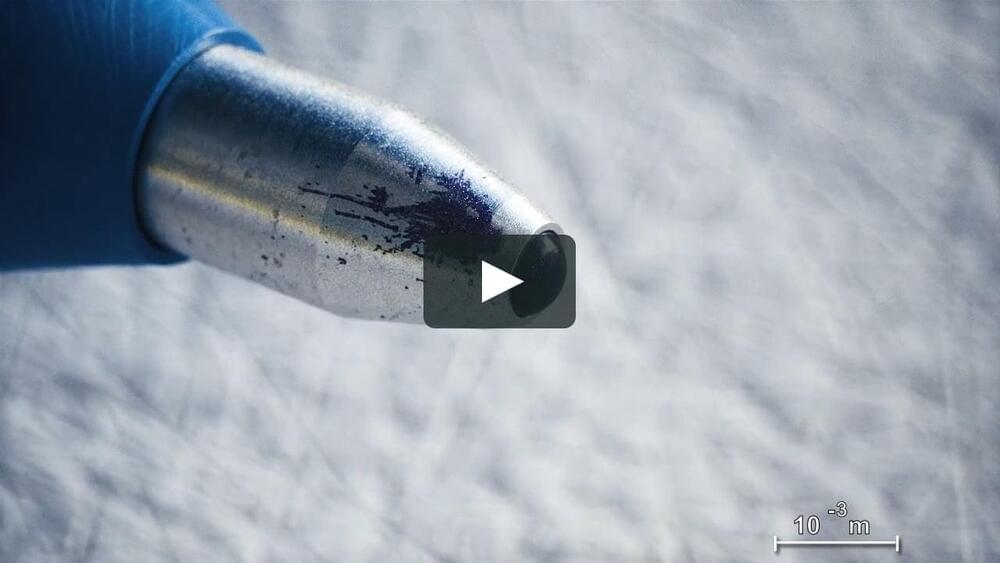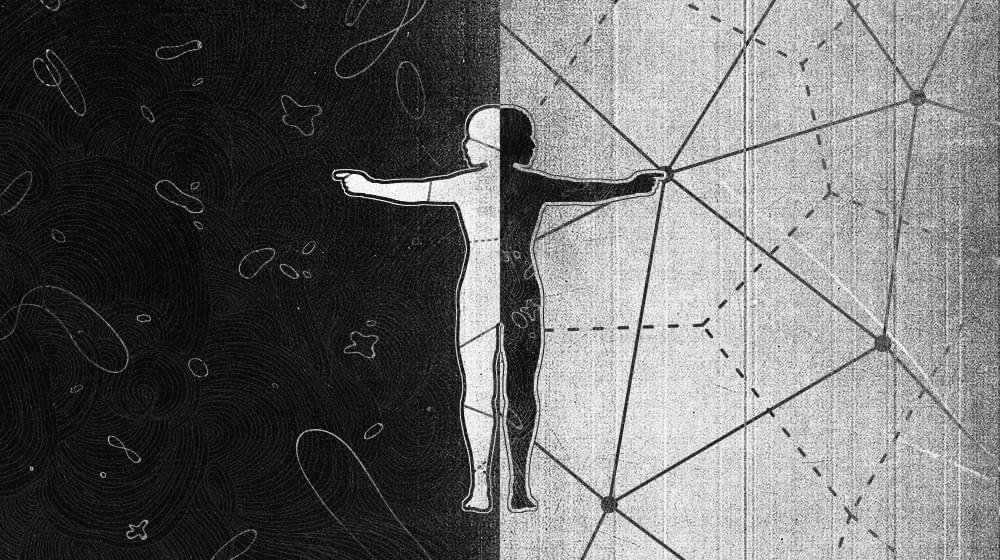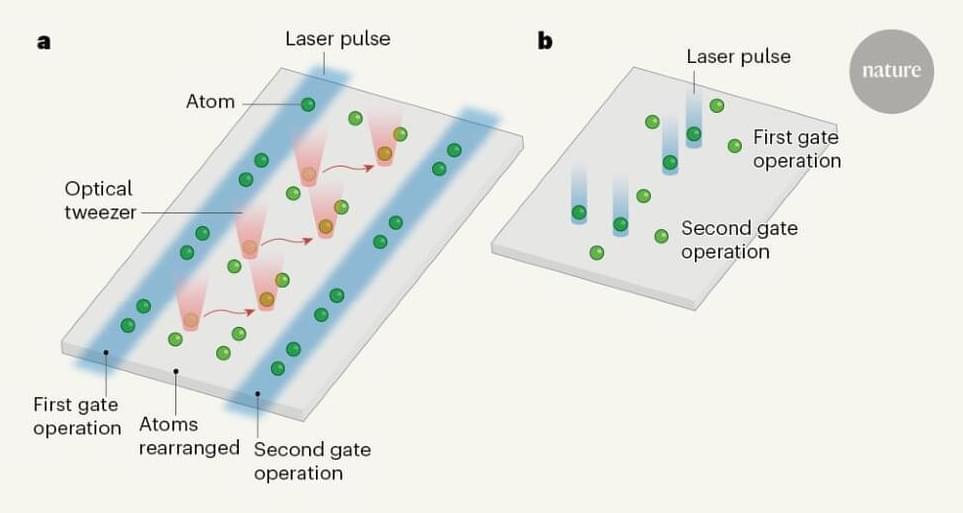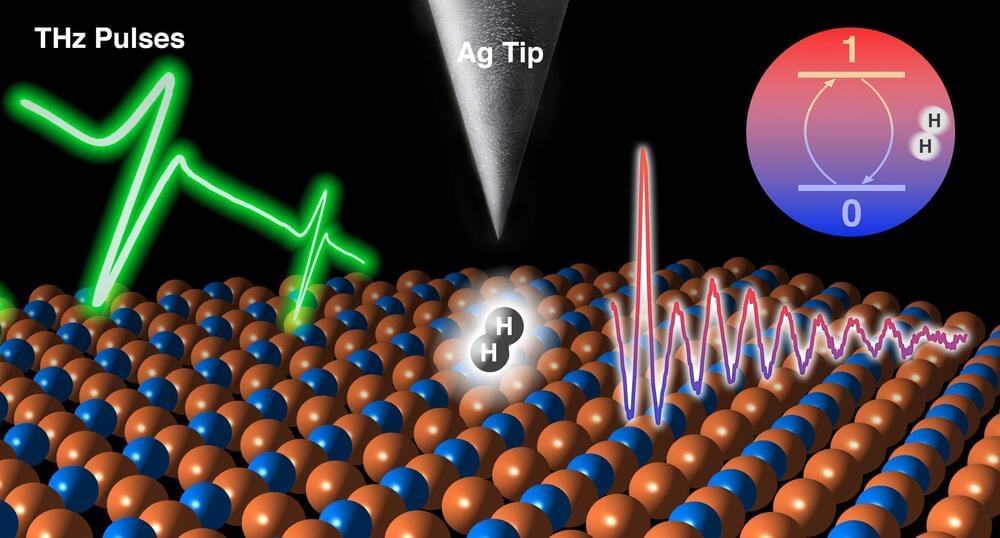Apr 25, 2022
PsiQuantum’s Path to 1 Million Qubits by the Middle of the Decade
Posted by Dan Kummer in categories: computing, quantum physics
PsiQuantum, founded in 2016 by four researchers with roots at Bristol University, Stanford University, and York University, is one of a few quantum computing startups that’s kept a moderately low PR profile. (That’s if you disregard the roughly $700 million in funding it has attracted.) The main reason is PsiQuantum has eschewed the clamorous public chase for NISQ (near-term intermediate scale quantum) computers and set out to develop a million-qubit system the company says will deliver big gains on big problems as soon as it arrives.
When will that be?
Continue reading “PsiQuantum’s Path to 1 Million Qubits by the Middle of the Decade” »
